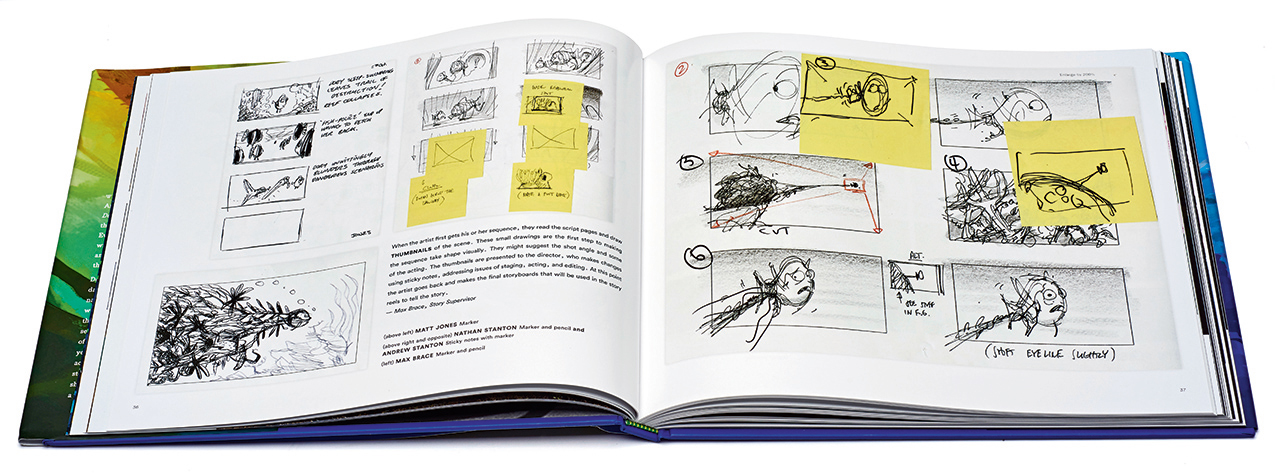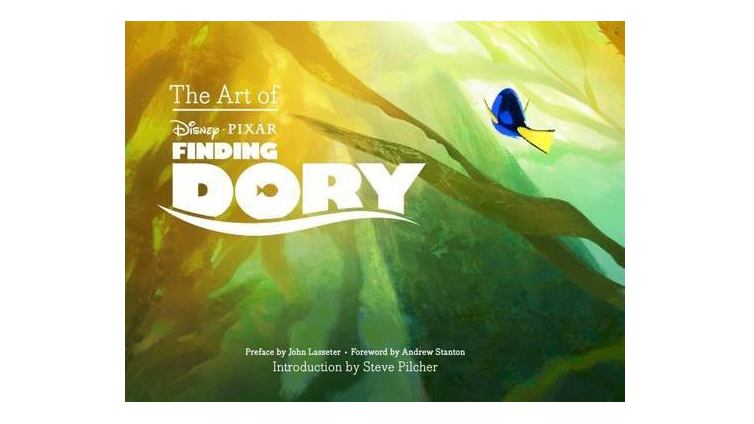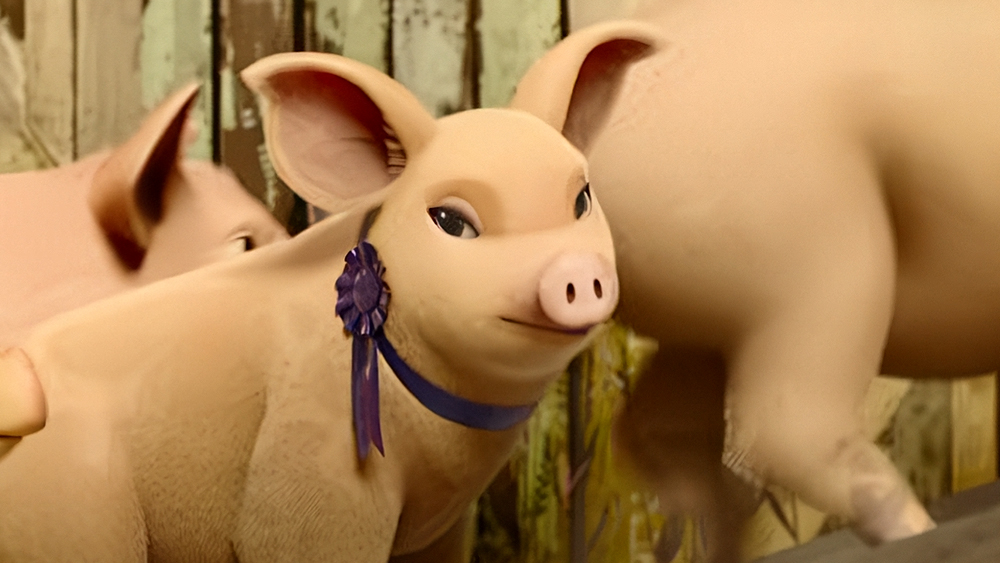Our Verdict
Packed with beautiful artwork from one of the world's most renowned studios, The Art of Finding Dory is a fascinating book filled with insightful details.
For
- Wealth of artwork from all areas of development
- Strong focus on world building
- Lots of previously unseen art
Why you can trust Creative Bloq
You’d expect an animated sequel would be relatively easy to design and produce. You just have to copy what went before, right?
Wrong. For Finding Dory, Pixar couldn’t just reuse the previous character and environment designs, explains production designer Steve Pilcher in his introduction to this book. For one, 13 years of technological advances mean the original pieces no longer fit with the audience’s visual expectations. For another, the film makers didn’t just want to retread old ground, but aimed to explore new artistic and narrative possibilities.

This sets the scene for a detailed look into how the sequel to Finding Nemo was visualised, alongside a cornucopia of unseen art, from scrappaper sketches and early storyboards through to digital paintings, pre-vis models, 3D sculpts and final frames.
There’s a strong focus throughout on world building and environments, including insights such as how the curvilinear shape language of the reef world contrasts with the rectilinear shape language of the human world. While books like this can sometimes skirt over such details, here you really feel Pixar is trying to share everything about its production process.

But even if you’re not interested in that stuff, this book is worth buying just for the stunning artwork by the likes of Shelly Wan, Tim Evatt and Don Shank, all beautifully reproduced across the book’s 176 pages.
This article was originally published in ImagineFX magazine issue 140. Buy it here.
Related articles
Daily design news, reviews, how-tos and more, as picked by the editors.
out of 10
Packed with beautiful artwork from one of the world's most renowned studios, The Art of Finding Dory is a fascinating book filled with insightful details.

Tom May is an award-winning journalist specialising in art, design, photography and technology. His latest book, The 50 Greatest Designers (Arcturus Publishing), was published this June. He's also author of Great TED Talks: Creativity (Pavilion Books). Tom was previously editor of Professional Photography magazine, associate editor at Creative Bloq, and deputy editor at net magazine.

